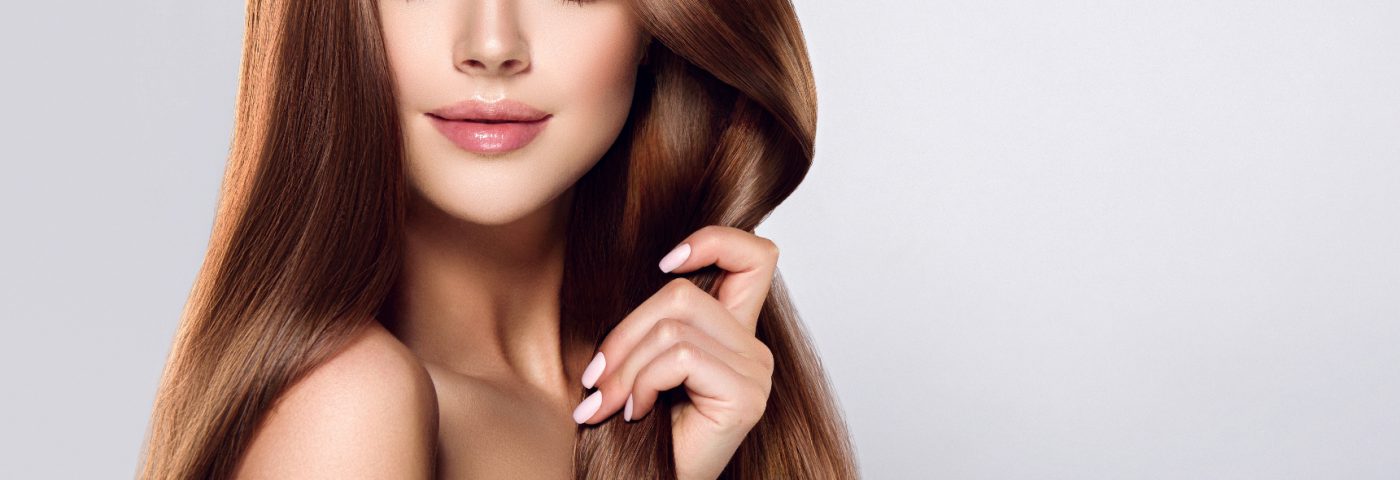Many of today’s haircare innovations originate from Asia, with South Korea at the forefront of products based on technologies more usually associated with skincare. This is good news for a functional category where experimentation is often much lower than other beauty sectors, but where consumers are starting to adopt more sophisticated haircare routines.
K-Beauty encompasses haircare
Haircare is the second most important sector of the K-beauty grooming market behind skincare, with the shampoo and conditioner sectors forecast to grow by 5.8% in the next five years, according to Mintel. “(South Korean) consumers have begun to put a focus on their haircare… and this is greatly influenced by big trends in facial skincare and make-up,” points out Jane Jang, senior beauty analyst, Mintel.
The idea of an elaborate multi-step regime is most prevalent in South Korea and the wider Asian market as a whole. “Initially started in the skincare category, the concept is now migrating into the haircare space with the same premise,” observes Marilena Loparco, associate analyst, GlobalData. She explains how the Korean approach to beauty within the haircare category involves the incremental use of items, such as essences, which have sophisticated and specific functions and contain a concentration of ingredients that are often naturally derived. An example is Kao Essential Hair Cuticle Essence from Japan is a gel formula said to increase the efficacy of hair washing and designed to be used between shampoo and conditioning. “The trend is very likely to gain ground in Western countries,” she maintains. “Concepts such as alphabet creams and masks have originated in Asian and Western consumers have gone on to adopt them in their skincare routine.”
Scalp care
Andrew McDougall, global haircare analyst, Mintel, sees plenty of opportunities for haircare manufacturers to innovate in scalp care, driven by trends in China where consumers tend to be more informed. “The majority of scalp-related products focus on basic benefits,” he explains. “Scalp care shampoos simply cleanse the scalp, while treatments focus on conditioning and moisturising it.” Innovations in textures and formats, such as mists, massage creams, wipes or dry-textured serums could all be considered. According to Mintel, in 2016 45% of products launched into the Chinese haircare market had a scalp-related claim, rising further to 51% in the first six months of 2017. McDougall, believes that new scalp product concepts should be a key focus for the haircare industry. “Currently most scalp-related product launches are shampoos, but there’s a lot of space to expand into other subcategories or formats,” he affirms.
American haircare innovation
It’s easy to get side-tracked by the South Korean haircare craze when other innovations exist that may help to shape future trends. For example, in the US, manufacturers are capitalising on the convenience and on-the-go aspect of time-saving products, which is a well established beauty theme. “The main effort is on delivering a product without compromising its efficacy or formulation appeal, such as being natural,” maintains GlobalData’s Loparco. “Producers are going beyond the basic 2-in-1 shampoo and conditioner concept by introducing new portable packaging, creating new applications and targeting new segments and occasions across haircare.”
Haircare is becoming an increasing focus for global beauty brands and likely to lead to the expansion of existing consumer routines.
The full version of this article can be read in the December 2017 issue of COSSMA.

